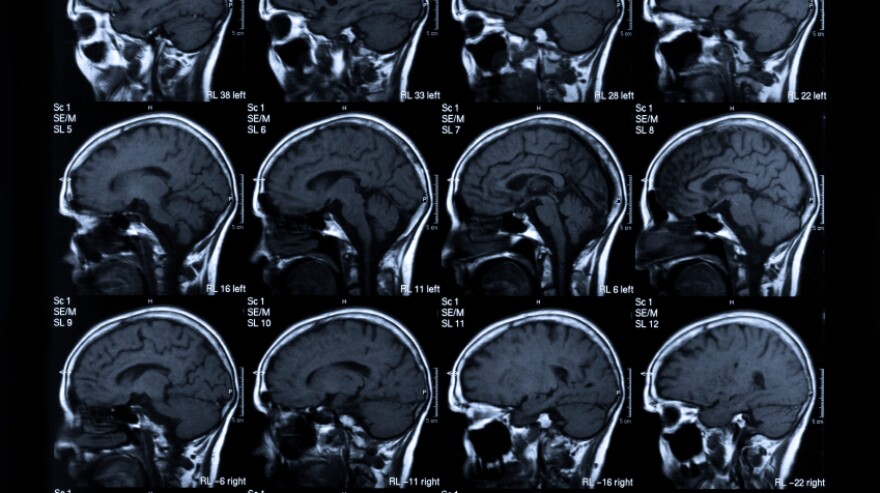UT Health San Antonio participated in a new international study published in scientific magazine Nature that found 61 new genetic loci associated with stroke and six new genes that could be potential targets for drug therapy to treat or prevent stroke.
The findings don’t lead to immediate new patient treatments, but they represent a major step in better treating and preventing strokes, according to co-authors of the study.
The study. titled “Stroke genetics informs drug discovery and risk prediction across ancestries,” was conducted by members of the GIGASTROKE consortium. It was a genome-wide association (GWAS) of stroke — a type of study where researchers compare genetic information from many patients, some of whom have experienced a particular disease and some of whom have not, to look for genetic similarities associated with that particular disease — in this case, stroke.
Dr. Muralidharan Sargurupremraj, a member of the Glenn Biggs Institute for Alzheimer’s and Neurodegenerative Diseases at UT Health San Antonio and a study co-author, described what he considers the study’s main takeaway.
“The main takeaway from this study is, again I’m emphasizing, the utility of these genetic instruments in sort of giving a better prediction score in terms of stroke risk,” Sargurupremraj said.
Sargurupremraj explained that while finding the new genetic loci associated with stroke and genes for potential drug therapy is significant, the bigger outcome is developing the statistical tool that can be used to predict genetic risk for strokes and other diseases, like dementia.
“The statistical methodology that we have tried out [in the study] for stroke can be translated to other disease types like for dementia,” Sargurupremraj said. “Also we know that stroke, the underlying biology, there is some overlap between stroke and dementia.”
He also explained why the international team conducted this type of study.
“We try to scan across the genome, trying to get a full picture of all the genes that are involved in sort of the disease risk susceptibility,” Sargurupremraj said. “And so this is very instrumental in devising methods to better predict stroke risk and future events.”
In these types of analyses, researchers are looking for similarities in genetic loci, or the specific physical locations within a genome. With this information, they can better understand how to predict a disease’s occurrence in a particular patient and identify genes that can be targeted for drug therapy to treat a disease.
Sargurupremraj explained why the study involved so many researchers from around the world and a sample of over 2.5 million people.
“When we study the genetic basis of any complex diseases like, for instance, stroke or type two diabetes, the genetic effect that we see is very very small, so it would require a large sample size to robustly [say] that this particular genetic marker is actually associated with that disease,” Sargurupremraj said.
Another goal of the study was to analyze genetic associations with stroke from a wide range of ancestries, including in East Asia, Africa, Latin America and South Asia, as most of the GWASs of stroke have focused on populations of European ancestry. With a broader swath of genetic ancestries, researchers can find even more genetic associations with stroke that can improve their ability to develop treatments and preventative methods.



